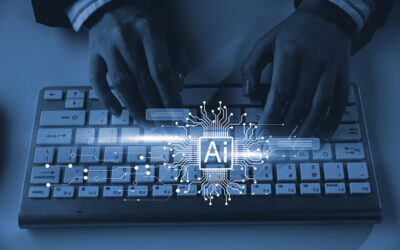
As per a recent report, 80,000 pages of documents left behind by the world’s most famous physicist and philosopher of science, Albert Einstein is now available online. The project started under the collaboration of Princeton University Press and the Hebrew University of Jerusalem, nearly two decades back. Researchers are greatly benefited from this attempt, as they can freely access the physicist’s letters, papers, postcards, notebooks and diaries.
How Digitization Is Advantageous for Researchers
- With digital content, researchers can easily have access to valuable knowledge resources
- They can focus their intellect on analysis rather than data collection
- New areas of research will be enabled
- Improved access to scholarly content makes research and teaching easier, faster and more productive
- Digitization enhances the ability of researchers to cross-search and cross refer
Regarding the Albert Einstein project, researchers and scholars get to enjoy the following advantages.
- The published volumes contain about 5,000 documents, containing the actual life story of Einstein up to 1923, when he turned 44. It greatly helps readers to understand the political, personal and cultural life of the scientist
- Digital content is made to toggle between the German and English versions, which can be accessed by clicking on the titles at the top of each document
- With digitization, finding and downloading documents such as Einstein’s birth certificate, his violin test results, and an 1896 school transcript is simple
Apart from papers and notebooks, the collection contains other items such as Einstein’s theory of relativity notebook, his high school transcript and even letters to friends and loved ones. Digitizing these documents ensures the above mentioned advantages, along with an increase in efficiency and productivity.
Digital searching ensures finer grained access and has revolutionized the way historians do research. Digital word searching is much faster and accurate than skimming through printed or handwritten texts. Quantitative digital additions to historic data may lead to qualitative changes in the way historical research is done.



